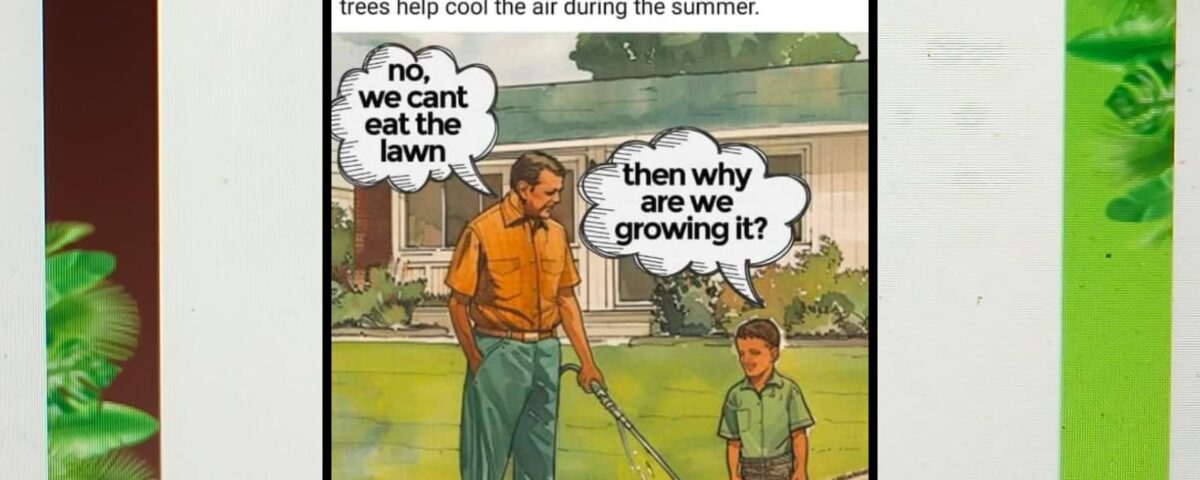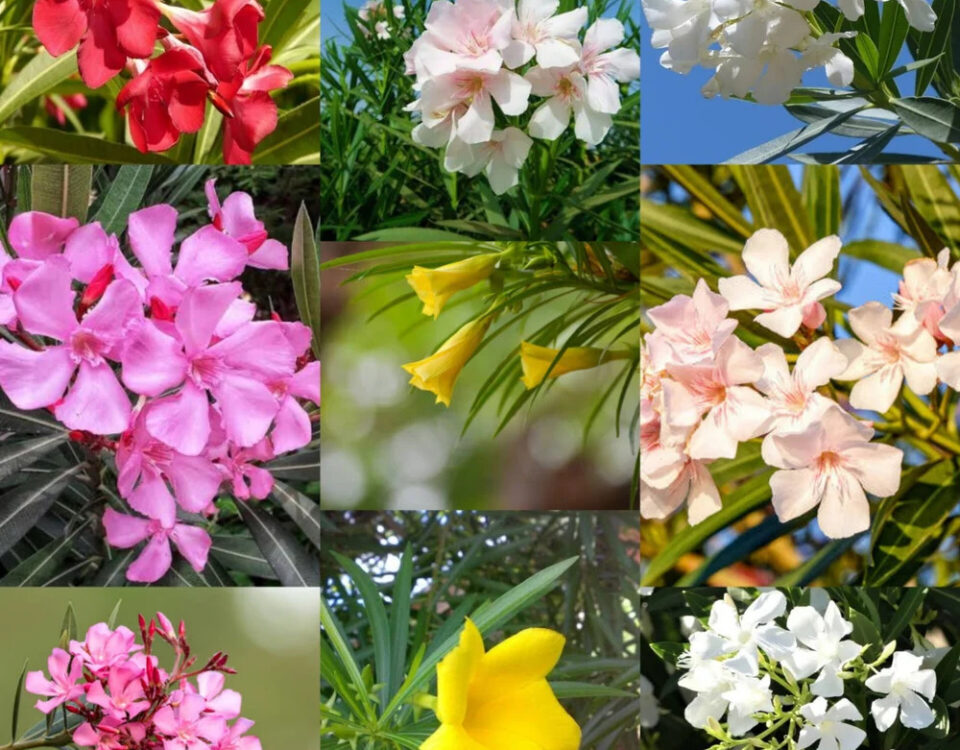In many residential areas, lush green lawns are a symbol of beauty and status. However, as we strive for a more sustainable future, it’s crucial to re-evaluate the environmental impact of our landscaping choices. Here’s why planting trees is a better option for the environment than maintaining traditional lawns.
- Water Conservation
Lawns require a significant amount of water to stay green, especially in arid regions. This excessive water use can strain local water supplies and contribute to water scarcity. Trees, on the other hand, have deep root systems that allow them to access water from deeper soil layers, reducing the need for frequent watering. - Reduced Chemical Use
Maintaining a pristine lawn often involves the use of fertilizers, herbicides, and pesticides, which can runoff into waterways, harming aquatic ecosystems and contaminating drinking water sources. Trees typically require fewer chemical inputs, making them a more environmentally friendly choice. - Improved Air Quality
Trees act as natural air purifiers. They absorb carbon dioxide and release oxygen, improving air quality. Additionally, trees can trap dust, pollen, and other pollutants, creating a healthier environment. - Carbon Sequestration
One of the most significant benefits of planting trees is their ability to sequester carbon. Through photosynthesis, trees absorb carbon dioxide from the atmosphere and store it as biomass. This process helps mitigate climate change by reducing the overall concentration of greenhouse gases. - Enhanced Biodiversity
Lawns typically offer limited habitat value for wildlife. In contrast, trees provide essential habitat for birds, insects, and other wildlife, supporting greater biodiversity. A diverse ecosystem is more resilient and better able to adapt to changing environmental conditions. - Temperature Regulation
Trees provide shade, which can significantly reduce temperatures in urban areas. This cooling effect can lower energy use for air conditioning in nearby buildings, further reducing the carbon footprint. - Soil Health
Tree roots help to stabilize soil and prevent erosion. They also improve soil structure and fertility through the addition of organic matter from fallen leaves and other plant debris.
While lawns have been a traditional choice for landscaping, their environmental drawbacks are becoming increasingly apparent. Planting trees offers a sustainable alternative that conserves water, reduces chemical use, improves air quality, sequesters carbon, enhances biodiversity, and promotes soil health. By choosing trees over lawns, we can create a more sustainable and resilient environment for future generations.





